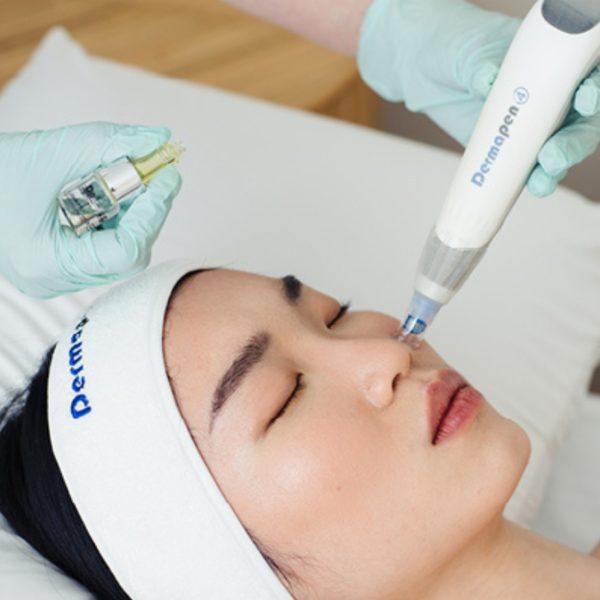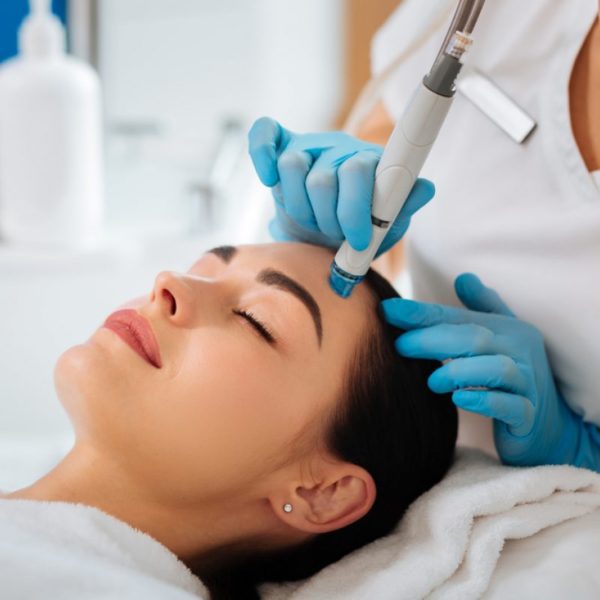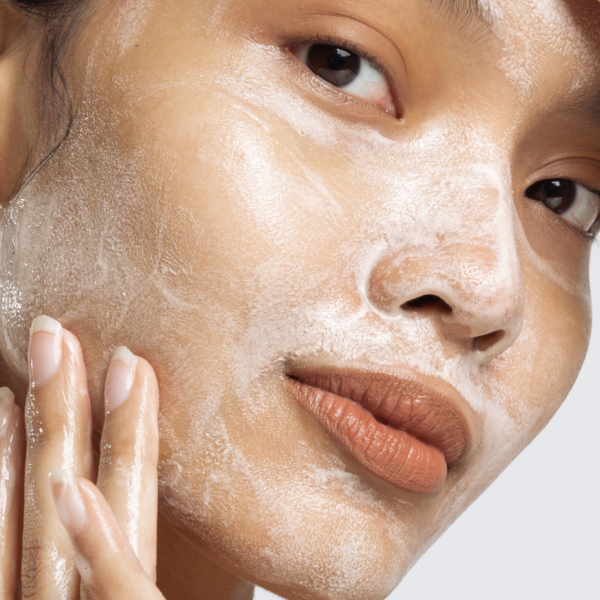Botox, derived from Botulinum Toxin, has long been hailed as a wonder treatment for smoothing out wrinkles and fine lines. However, the transformative power of Botox goes beyond just addressing signs of aging. At Blush MediSpa, we specialize in harnessing the potential of Botox to enhance various parts of the face, creating stunning and natural-looking results. In this blog, we’ll explore the different areas of the face where Botox can be used to achieve remarkable aesthetic improvements.
1. Forehead Lines: A Smooth Start
One of the most common uses of Botox is to treat forehead lines. These horizontal lines and furrows can make you appear older or even stressed. Botox injections relax the muscles responsible for these lines, resulting in a smoother and more youthful forehead.
2. Frown Lines (Glabellar Lines): Erasing Worry
Frown lines, also known as “11 lines,” form between the eyebrows due to repeated facial expressions. Botox can be expertly administered to soften these lines, helping you look more relaxed and approachable.
3. Crow’s Feet: Sparkling Eyes
The delicate skin around the eyes is prone to developing crow’s feet, those fine lines that radiate outward when you smile. Botox can be used to reduce the appearance of crow’s feet, giving your eyes a more youthful and vibrant look.
4. Eyebrow Lift: Elevate Your Beauty
Botox can also be strategically injected to create a subtle eyebrow lift. By relaxing the muscles that pull the brows downward, Botox can open up your eyes and create a more lifted and refreshed appearance.
5. Bunny Lines: Wrinkle-Free Noses
Bunny lines are the horizontal wrinkles that appear on the sides of the nose when you scrunch your nose or smile. These lines can also be treated with Botox to maintain a smooth and youthful nose contour.
6. Downturned Mouth: Uplifting Beauty
A downturned mouth can make you appear sad or tired even when you’re not. Botox can be injected into the muscles around the mouth to subtly lift the corners, restoring a more cheerful and youthful expression.
7. Jawline Slimming: Sculpting the Face
For those looking to achieve a slimmer and more sculpted jawline, Botox can be an effective solution. By injecting Botox into the masseter muscles, they can be relaxed, leading to a softer, more refined jawline.
8. Chin Dimpling: Smooth Chin
Chin dimples, also known as “peach pit chin,” can be softened with Botox injections. Botox relaxes the chin muscles, reducing the appearance of dimples and creating a smoother chin contour.
9. Lip Lines: A Perfect Pout
Vertical lip lines, often called “smoker’s lines” or “lipstick lines,” can age your appearance. Botox can be used to soften these lines, making your lips look more youthful and refined.
10. Excessive Sweating (Hyperhidrosis): Dry Confidence
Botox injections can also be administered to the sweat glands in the upper face. This helps reduce excessive sweating, providing dry and confident skin even in stressful situations.
11. Masseter Muscle Reduction: Aesthetic Jaw Contour
In addition to slimming the jawline, Botox can be used for masseter muscle reduction. This not only enhances facial aesthetics but can also alleviate teeth grinding and jaw tension.
In conclusion, Botox is a versatile tool that can work wonders in enhancing various parts of the face beyond just addressing wrinkles. When administered by skilled practitioners at Blush MediSpa, Botox can provide natural-looking and transformative results that enhance your unique beauty. Whether you’re looking to smooth out forehead lines, brighten your eyes, or achieve a more sculpted jawline, Botox offers a range of possibilities. If you’re considering Botox treatments for any of these purposes, it’s essential to consult with our qualified medical professionals to ensure personalized and safe results that align with your aesthetic goals. Unlock the magic of Botox and rediscover the beauty within you. Looking for exceptional Botox results in Cranbrook or Castlegar? Book your appointment today: www.blushmedispa.com.









